When feeding a puppy with a bottle, it is important to choose the right equipment and approach.
For instance, imagine a scenario where a young orphaned puppy needs your care and attention for nourishment.
The process of bottle feeding requires patience and precision to make sure the puppy receives the necessary nutrients without any complications.
Starting with the proper preparation and technique can make a significant difference in the puppy’s health and well-being.
Stay tuned to discover the essential steps and tips for successfully feeding a puppy with a bottle.
Key Takeaways
- Warm milk replacer to 100°F for easy digestion and use a small pet nursing bottle with a specialized nipple.
- Hold the puppy horizontally, elevate the head slightly, and mimic a natural nursing posture for proper positioning.
- Establish a consistent feeding schedule every 2-4 hours and avoid overfilling or force-feeding during bottle feeding.
- Monitor the puppy’s feeding progress by regularly weighing, watching for signs of overfeeding or underfeeding, and ensuring proper growth and nutrition.
Preparation for Bottle Feeding
To prepare for bottle feeding a puppy, make sure you have a small pet nursing bottle with a specialized nipple that controls the flow of liquid to one drop at a time. This guarantees that the puppy can suckle comfortably and prevents them from aspirating during feeding.
When feeding, it’s important to use the correct newborn puppy formula or milk replacer. Warm the milk replacer to around 100°F to match the puppy’s body temperature, making it easier for them to digest. Puppies require a consistent feeding schedule, especially in the early stages. Feed them every 2-4 hours, with 4-5 meals a day for puppies up to 2 weeks old.
When preparing the milk replacer, mix it with warm water to the appropriate temperature, ensuring it isn’t too hot or too cold. This temperature mimics the warmth of their mother’s milk and helps prevent digestive issues.
During the weaning process, which typically starts at 3-4 weeks of age, you’ll gradually introduce solid food while reducing the amount of milk replacer. This change is important for their growth and development. Proper preparation and feeding practices are vital for the health and well-being of your puppy during this critical stage.
Proper Positioning for Bottle Feeding

Hold the puppy in a horizontal position while bottle feeding to replicate the natural nursing experience. This positioning helps the puppy feel more comfortable and allows them to feed more easily. Remember to keep the puppy’s head slightly elevated to prevent milk from entering their respiratory system, ensuring a safe feeding session.
Here are some essential tips for proper positioning during bottle feeding:
- Horizontal Position: Place the puppy on their belly to mimic the posture they’d have while nursing from their mother. This position allows for a more natural feeding experience.
- Elevated Head: Make sure the puppy’s head is slightly raised to prevent milk from flowing into their nose or throat. This precaution helps avoid any potential respiratory issues during feeding.
- Nipple Selection: Opt for a bottle nipple with a small hole to control the milk flow. This helps regulate the pace at which the milk is consumed, preventing the puppy from choking or getting overwhelmed.
- Avoiding Air Intake: Maintain the bottle at an angle that prevents excessive air intake during feeding. Too much air can lead to digestive problems, so keeping the bottle steady and not tilting it too high or too low is crucial for the puppy’s comfort and health.
Bottle Feeding Technique for Puppies
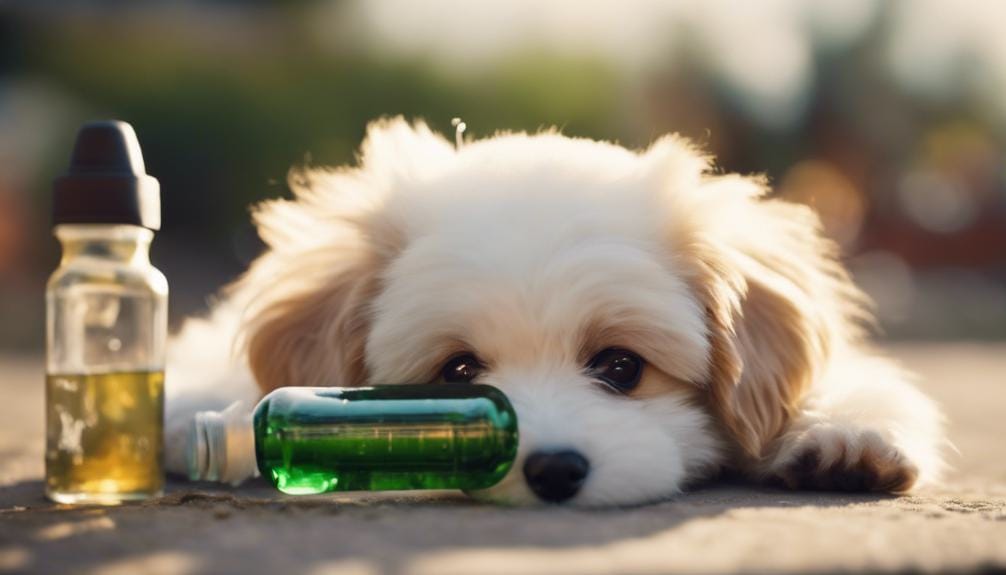
For best feeding success, make sure you are using the appropriate bottle feeding technique tailored specifically for puppies’ needs. When feeding orphaned puppies, it is important to mimic their natural nursing position by holding them horizontally during feeding. Utilize small pet nursing bottles with nipples that restrict fluid outflow to one drop at a time, ensuring precise feeding without overwhelming the puppies. Before feeding, warm the milk replacer to 100°F to match the mother’s body temperature, providing a comforting and familiar experience for the puppies.
| Feeding Technique | Description |
|---|---|
| Hold Puppies Horizontally | Mimics natural nursing position, promoting comfort and ease during feeding. |
| Use Small Nursing Bottles | Ensures precise feeding with controlled fluid outflow, preventing overfeeding risks. |
| Warm Milk Replacer | Warming to 100°F matches body temperature, offering a comforting and familiar feeding experience. |
It is essential to establish a feeding schedule for newborn puppies, feeding them every 2-4 hours with 4-5 meals a day to meet their high nutritional demands. Avoid overfilling the puppy’s mouth or force-feeding to prevent aspiration pneumonia and maintain safe feeding practices. By adhering to these feeding techniques and practices, you can help nurture and care for newborn puppies effectively.
Monitoring Puppy’s Feeding Progress
Keep a close eye on your puppy’s development by monitoring their feeding progress daily, making sure they’re thriving and receiving the necessary nutrition for healthy growth. It’s important to pay attention to various factors to guarantee your newborn puppy is on the right track.
- Weight Gain: Weigh your puppy regularly to track their growth. A steady increase in weight indicates they’re getting enough milk and are healthy.
- Feeding Schedule: Stick to a consistent feeding schedule to establish a routine and make certain your puppy is receiving adequate nourishment at regular intervals.
- Signs of Overfeeding or Underfeeding: Watch for cues such as a distended belly (overfeeding) or excessive crying (underfeeding). Adjust feeding amounts accordingly to meet your puppy’s needs.
- Stool Consistency: Monitor your puppy’s stool to check for any irregularities. Healthy stool consistency is a good indicator of proper digestive health.
Tips for Successful Bottle Feeding
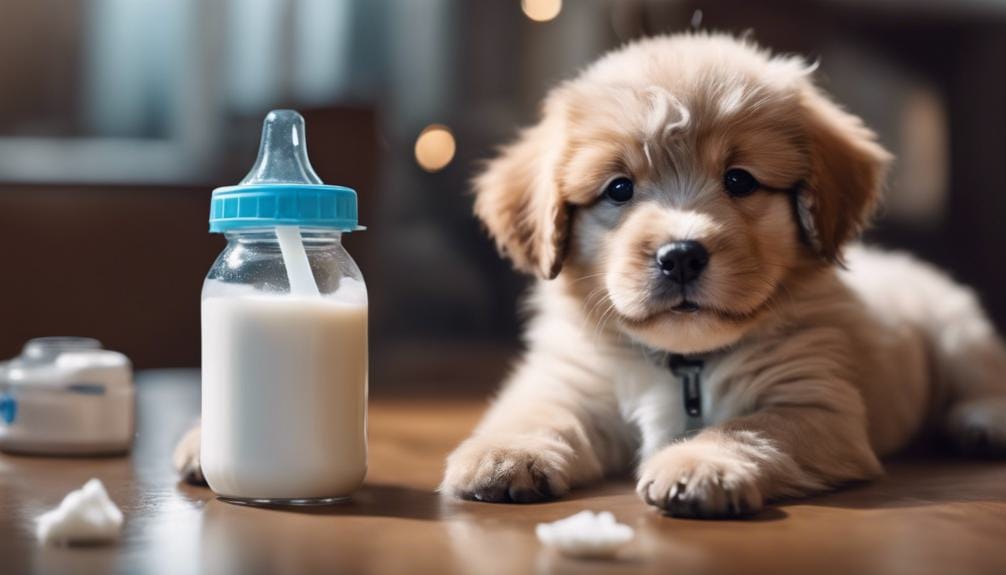
To guarantee successful bottle feeding for your puppy, utilize a small pet nursing bottle equipped with a specialized nipple that limits fluid outflow to just one drop at a time. This setup mimics the slow and steady flow of milk that newborn puppies would typically experience while nursing from their mother. It’s important to hold the puppies horizontally during feeding, allowing them to latch onto the nipple comfortably, similar to their natural nursing position.
Before feeding, make sure the formula or puppy milk replacer is warmed to around 100°F to make it more appealing and easier for the puppies to digest. During the first few weeks of life, puppies should be fed around 10% of their body weight per day, divided into multiple small feedings to prevent overfeeding and digestive issues. Monitor the feeding process closely to avoid overfilling the puppy’s mouth, which could lead to aspiration and potentially pneumonia.
If you encounter any difficulties or have concerns about bottle feeding, don’t hesitate to contact your vet for guidance. They can provide valuable advice on proper feeding techniques, help monitor the puppies’ progress, and make sure they’re receiving adequate nutrition for their growth and development. Remember, successful bottle feeding is important for the health and well-being of your puppies during their early stages of life.
Frequently Asked Questions
Can You Feed a Puppy With a Baby Bottle?
You can absolutely feed a puppy with a baby bottle. It’s a nurturing way to provide them with the necessary nutrition and care. Make sure the milk is warmed to 100°F for comfort. Hold them horizontally for natural feeding positions.
How Do You Bottle Feed a Puppy for the First Time?
To bottle feed a puppy for the first time, guarantee the milk is warm, hold them securely, position like nursing, offer a bottle with a small hole nipple, encourage gentle suckling, watch for proper feeding cues, adjust as needed for comfort.
How Much Milk Should I Give My Puppy in a Bottle?
You should give your puppy around 180 milliliters of milk per kilogram of body weight per day, divided into multiple feedings. Monitor their weight gain and adjust the volume to support healthy growth. Feed them every 2-3 hours to meet their needs.
At What Age Do You Stop Bottle Feeding Puppies?
You stop bottle feeding puppies around 7-9 weeks old. Change gradually to solid food, decreasing bottle feedings while increasing solid food. Monitor closely for any issues. Consult a vet if problems arise. Make sure the puppy is adapting well to the new diet.
Conclusion
To summarize, feeding a puppy with a bottle requires careful preparation, proper positioning, and attentive monitoring. By following the correct technique and ensuring the puppy is sucking slowly, you can promote their health and development.
Remember to feed them every 2-4 hours with warmed milk replacer and gradually start the weaning process at 3-4 weeks old.
With the right nutrition and feeding approach, your puppy will thrive and grow into a healthy adult dog.


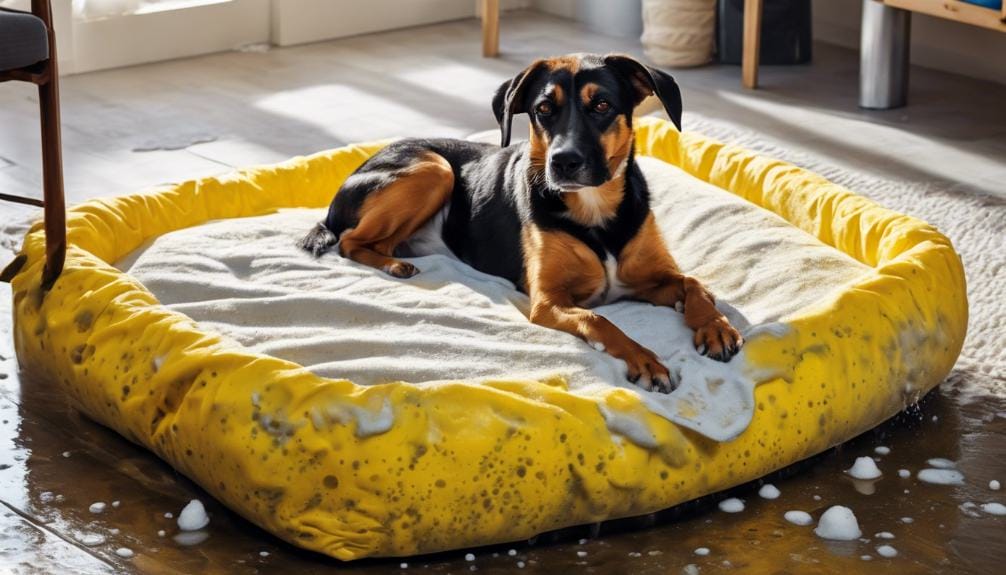
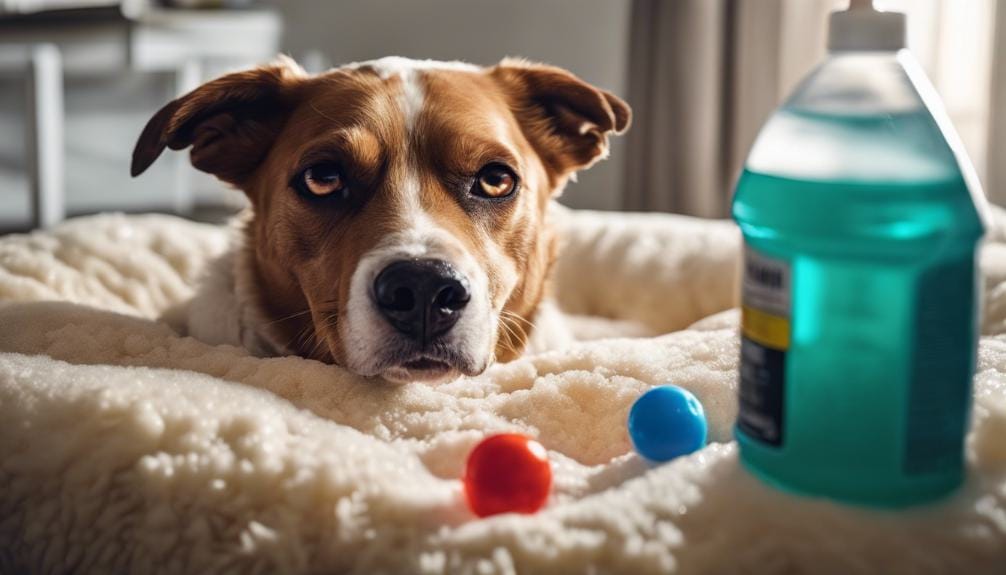
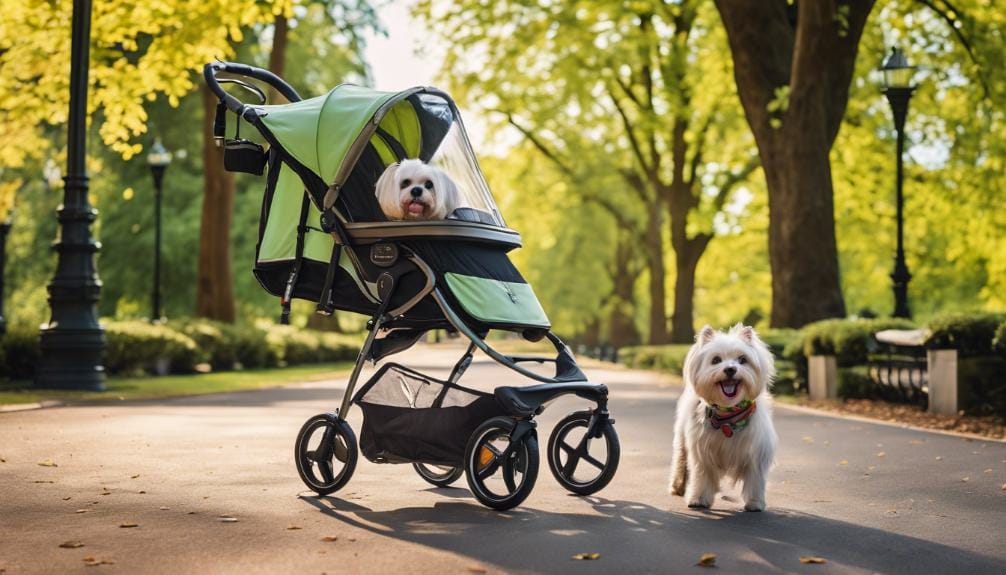
Leave a Reply
You must be logged in to post a comment.